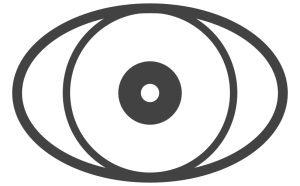
Studio Ethnography is where I reflect on how my ethnographic practice has been shaped — and reshaped — through making. It began as a collection of thoughts about my process, from the first idea of the Artefaktenatelier in Munich to its development across different cities and moments, eventually taking form in Tarde (Emden). But Tarde was not an endpoint. It sparked a renewed impulse that continues in Bogotá, where Tin Ethnography is beginning to take shape.
The earliest reflections followed a spatial rhythm — in Munich I imagined, in Copenhagen I learned, in New York I experimented. Each post mapped how a place or situation opened a new method, a new way of thinking through form. Yet Studio Ethnography is now expanding. Beyond these site-based reflections, it is becoming a constellation of conceptual and material motifs — gestures such as folding, cutting, tracing, assembling, residue, calibration, and iteration — that describe the small acts through which ethnography becomes a craft.
This expansion turns Studio Ethnography into a hands-on space for method, a workshop for thinking with materials, gestures, and errors. It is not a theory of art nor a mere documentation of process, but a way of understanding ethnography as an embodied, multimodal, and experimental practice. Each entry emerges from an encounter — with a tool, a process, a material, or a failure — tracing how anthropology can unfold beyond the field and into the studio.
I’ve been learning from places that were never meant to be classrooms: wandering through cities like New York, Copenhagen, Barcelona, and Mexico City; walking in small German towns; spending long hours in galleries, bookstores, and print studios; listening to music and watching designers work. These dispersed moments have become part of my ethnographic education. They’ve taught me that form is not a final layer but a way of thinking — that every line, sound, and composition carries its own theory of attention.
Working with zines, home-made prints, and halftone textures has shown me that making is a form of inquiry. Experimenting with layout, rhythm, and error becomes a way of asking ethnographic questions — about fragments, care, and the act of seeing. When I cut, print, or arrange, I’m also learning to attend: to dwell in the incomplete and the imprecise as spaces of understanding. Together, these two strands — the geographies of doing and the gestures of making — form the living architecture of Studio Ethnography: a space to experiment, recalibrate, and reflect on what it means to practice anthropology through materials.
Now, Studio Ethnography is also becoming a space for learning with others. After exploring how places and materials teach, I want to turn toward the people, thinkers, and collaborators who have shaped my way of working. This third series — The Companions — gathers what ethnography can learn from design, architecture, philosophy, and other practices of making. It is a series of relational lessons: dialogues rather than monologues, attempts to translate gestures across disciplines. Each entry traces an encounter — with a person, a practice, or a pedagogy — and asks how their way of thinking, designing, or crafting can reorient the ethnographic imagination.
Studio series
Follow the lines between practice and thought →
-
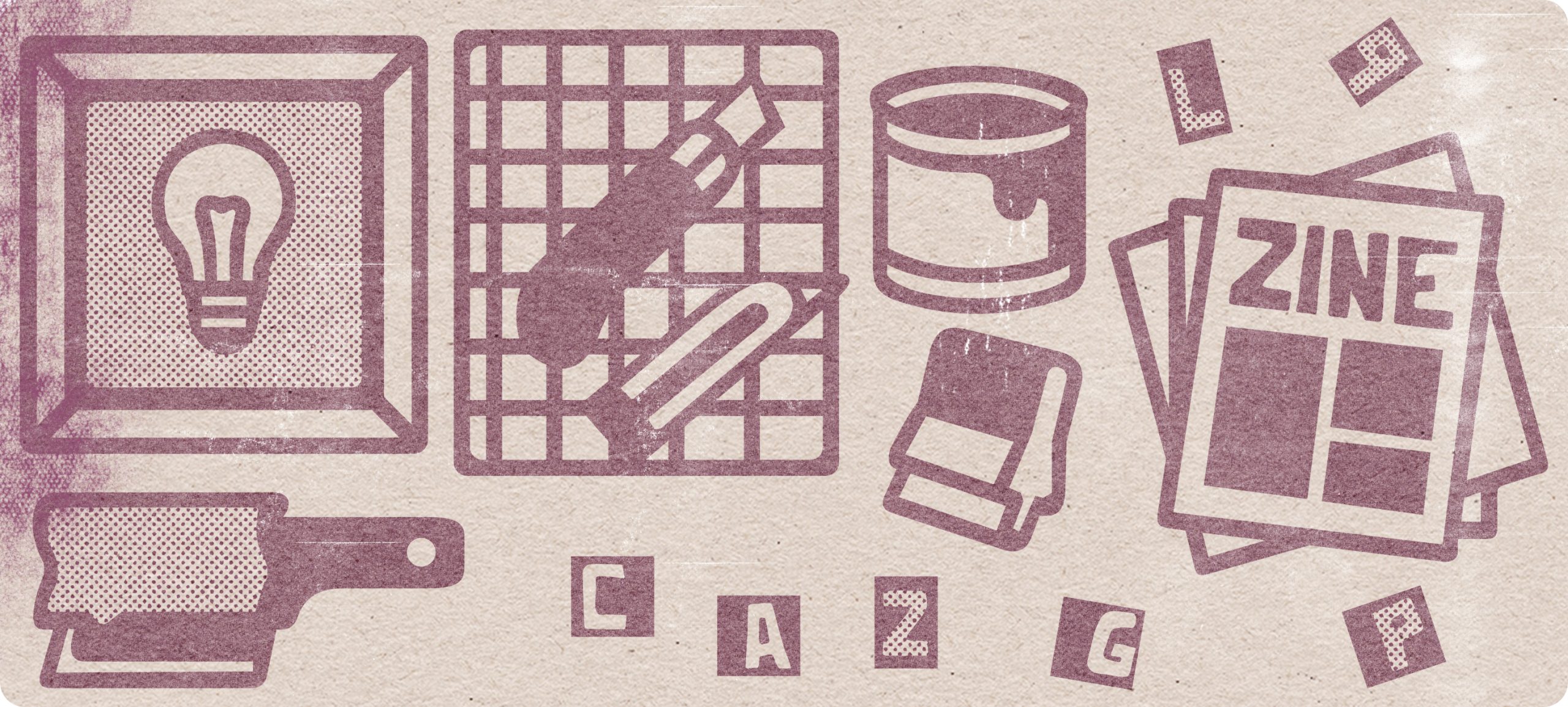
Touching Ink and Working Analogically
-

Learning from Fleischer Studios
-

Learning from Georges Perec
-

The Laboratory of Partial Encounters
-

Learning from Jazz Music
-
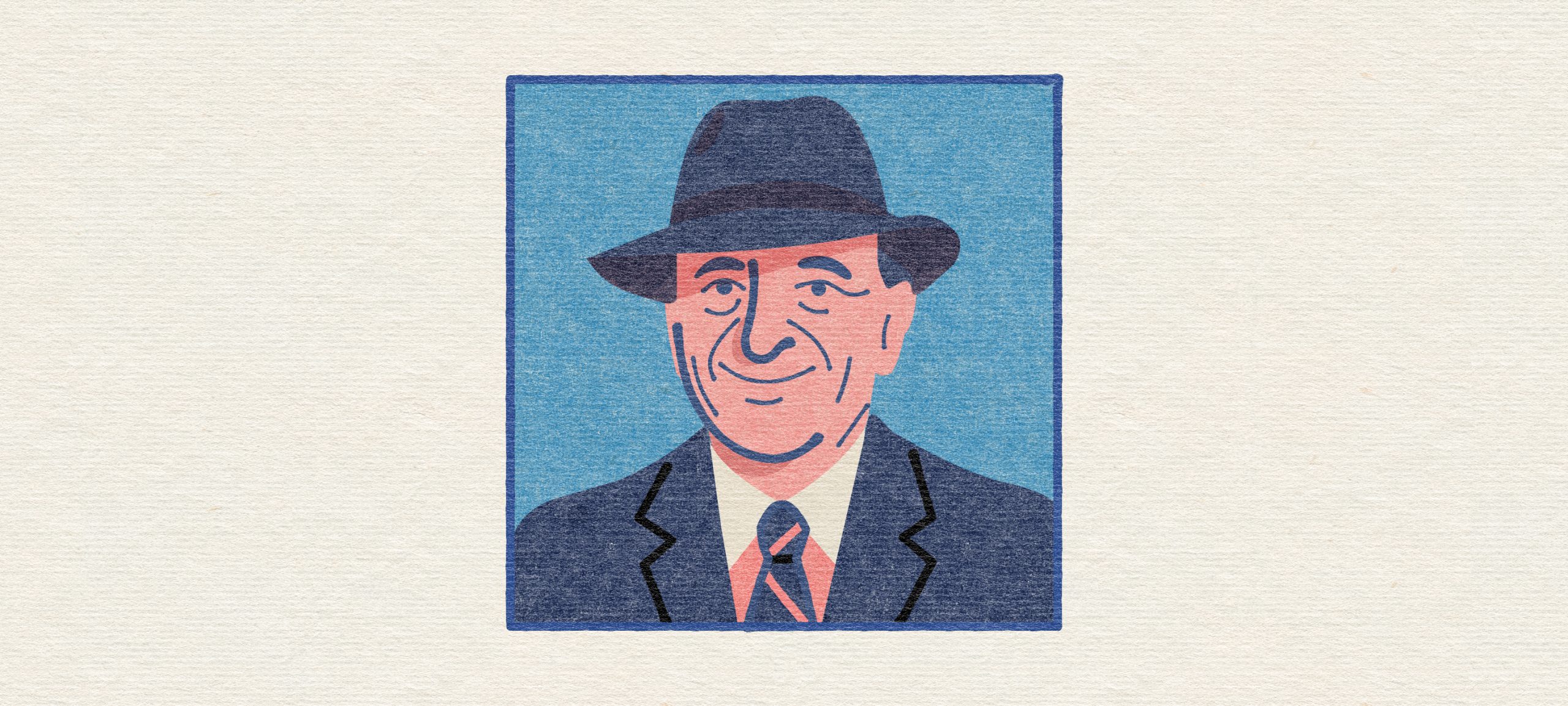
Learning from Gay Talese
-
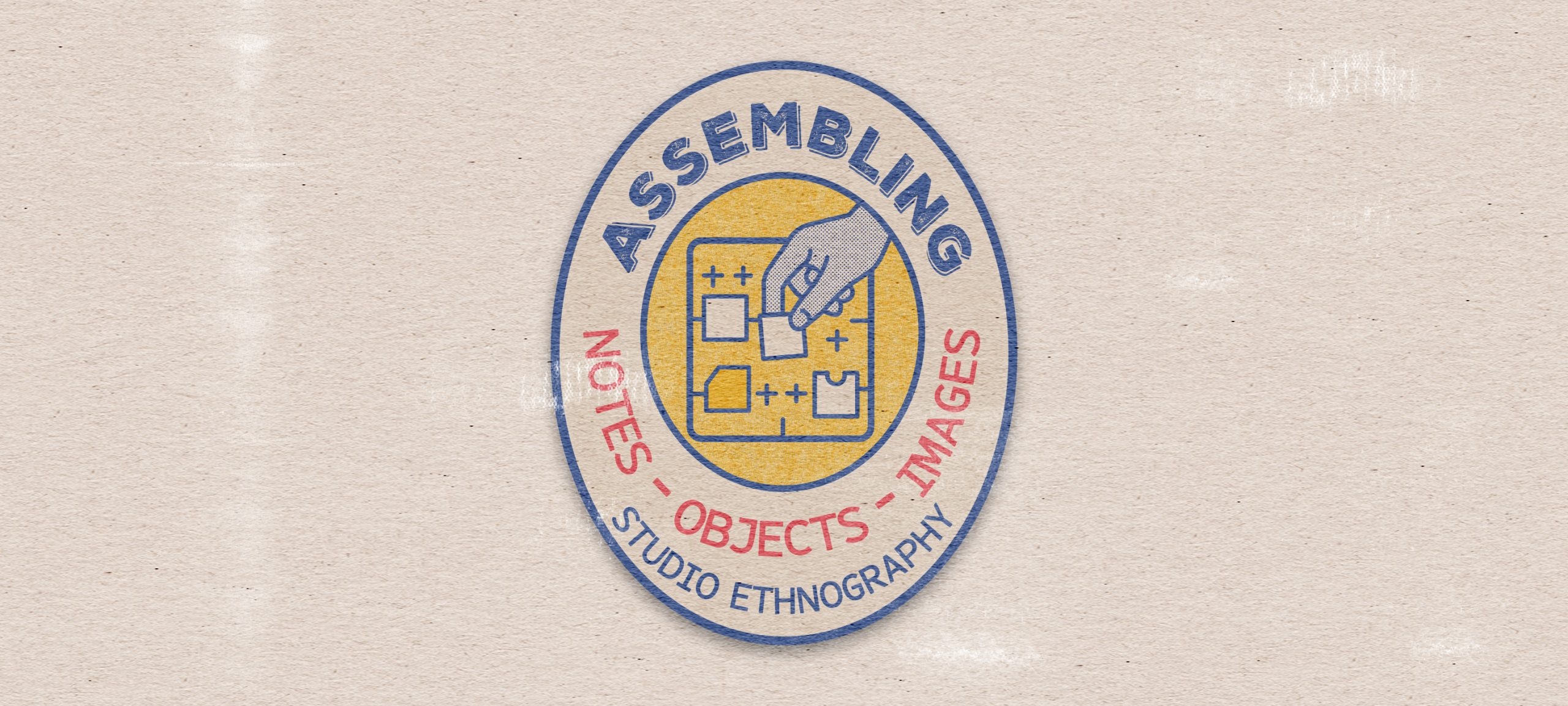
Bringing Heterogeneous Materials into Relation
-

Learning from Nordic Architecture
-
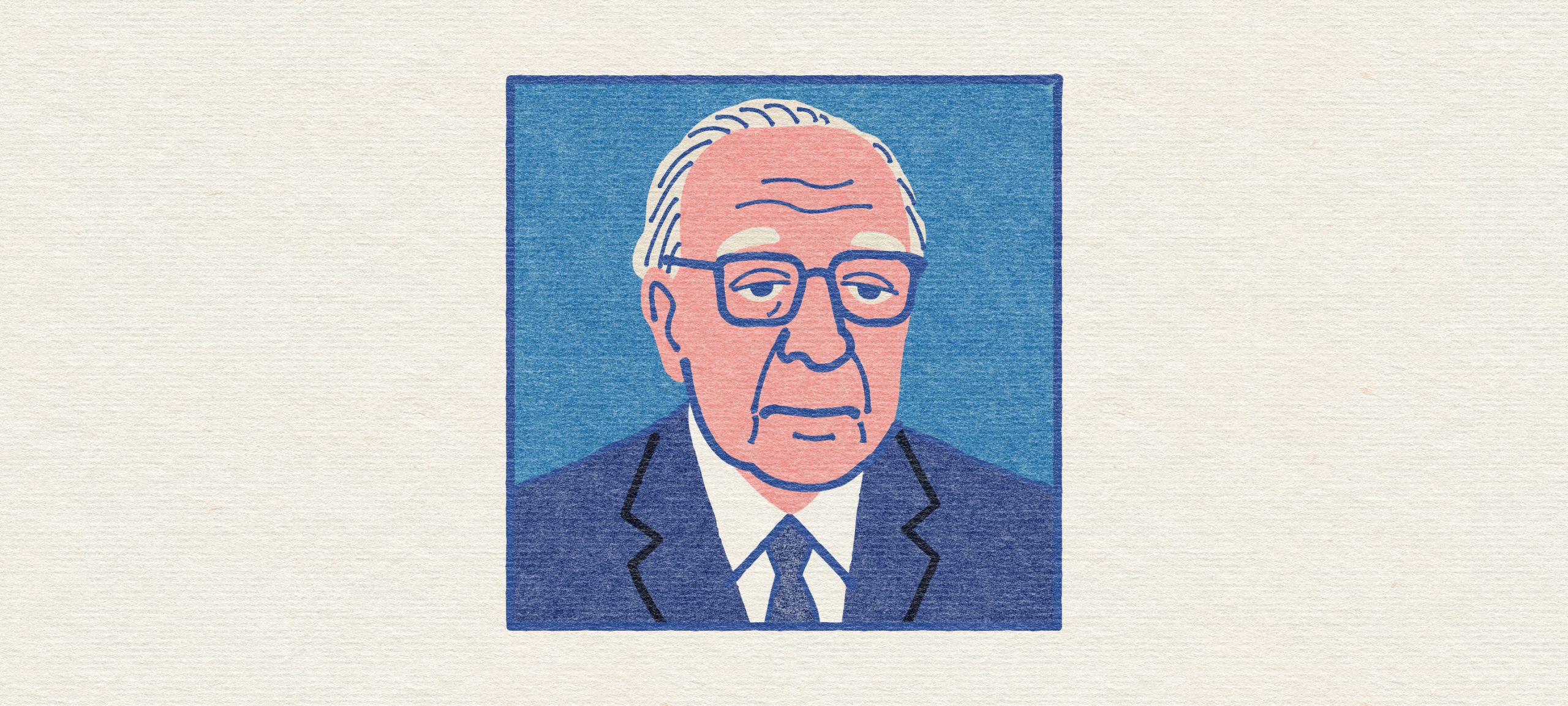
Learning from Jorge Luis Borges
-
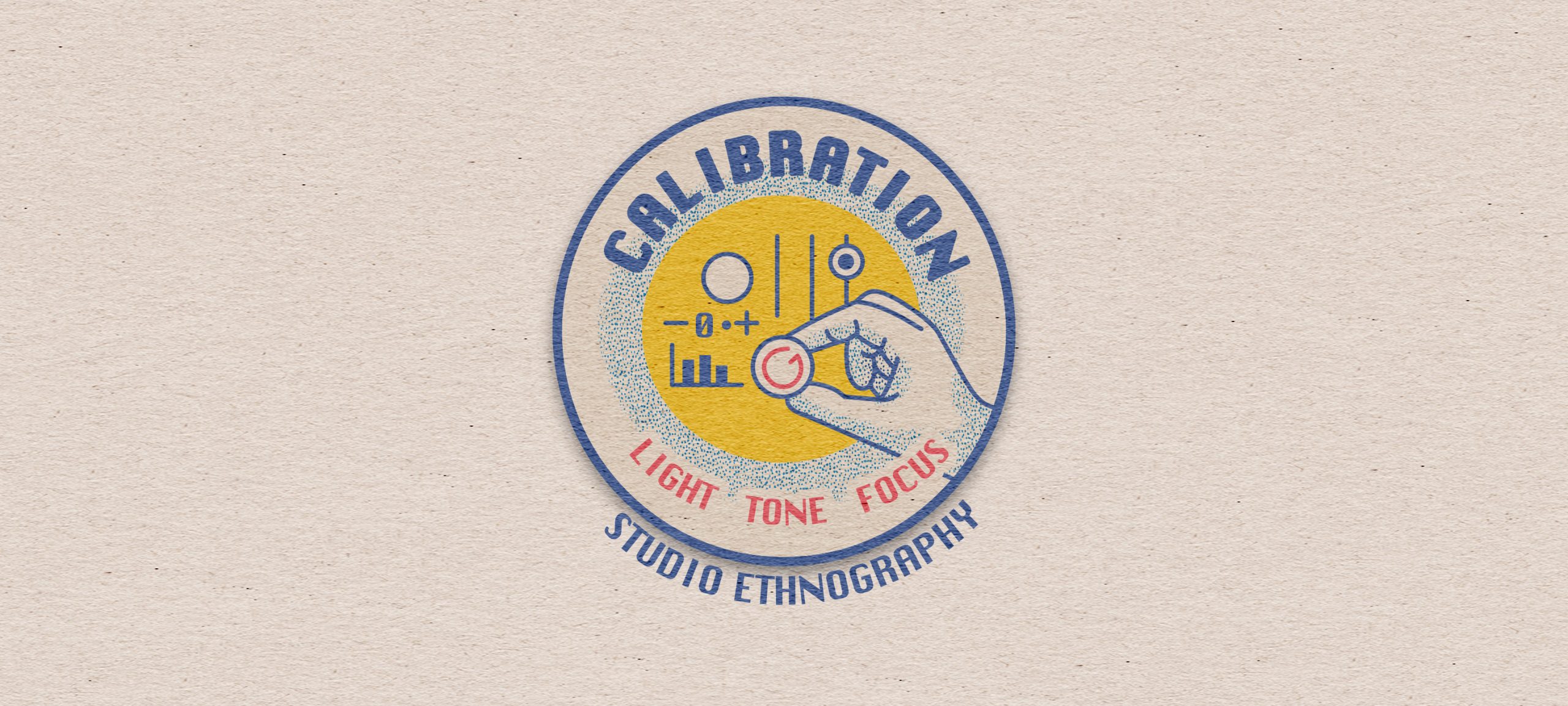
Adjusting Sensitivity, Light, and Focus
-

Learning from Times Square
-
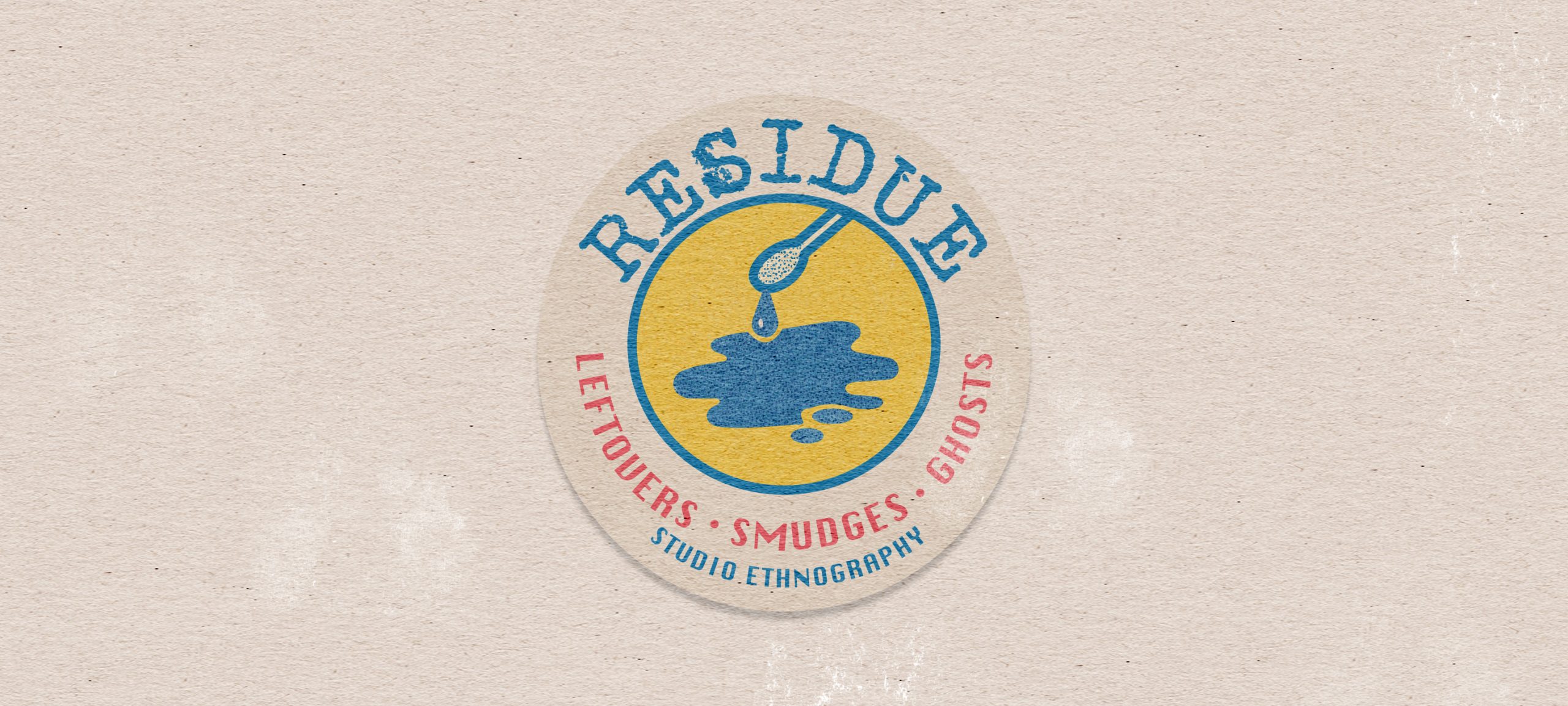
Thinking with What Remains
-
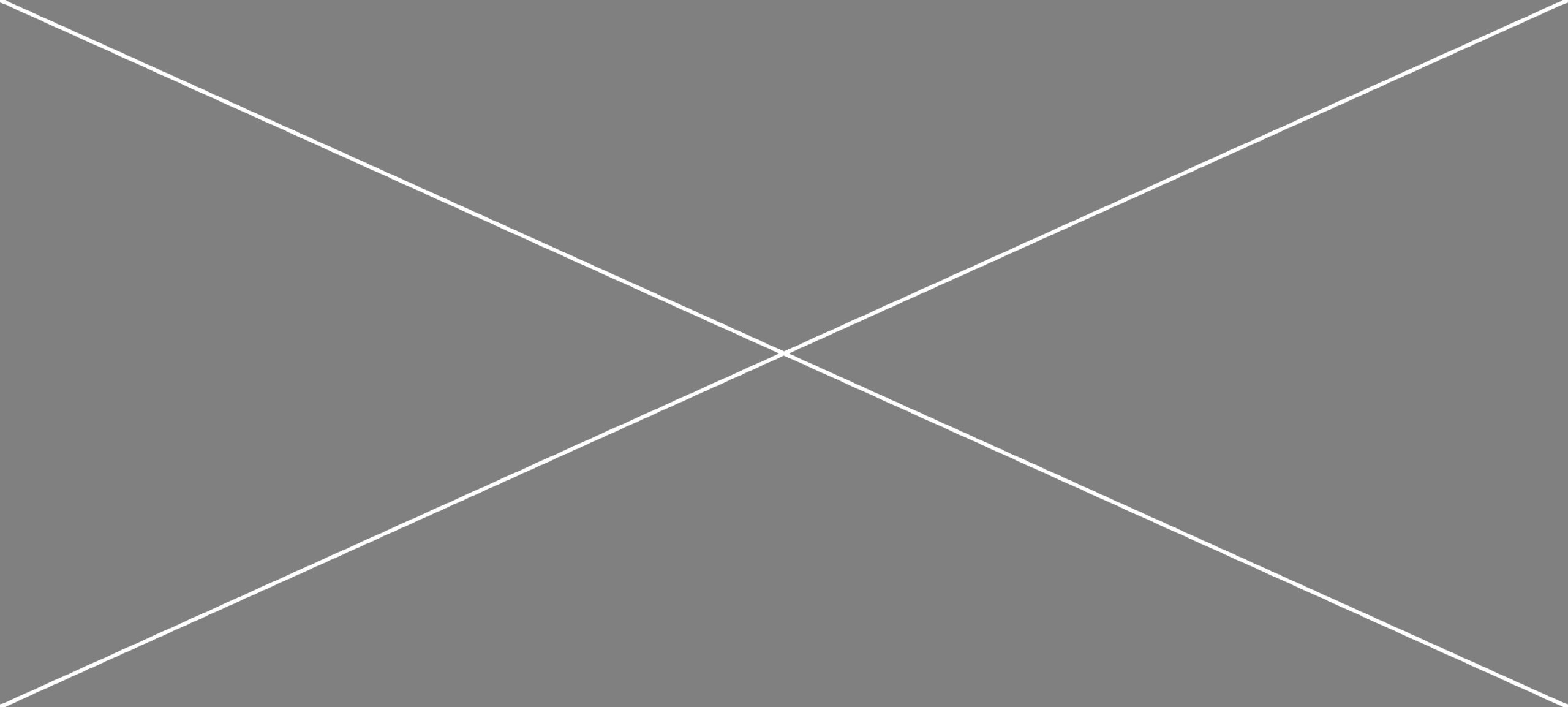
Learning with Others
-

Following Lines, Gestures, and Relations
-

Ethnographic Editing as Gesture and Ethics
-
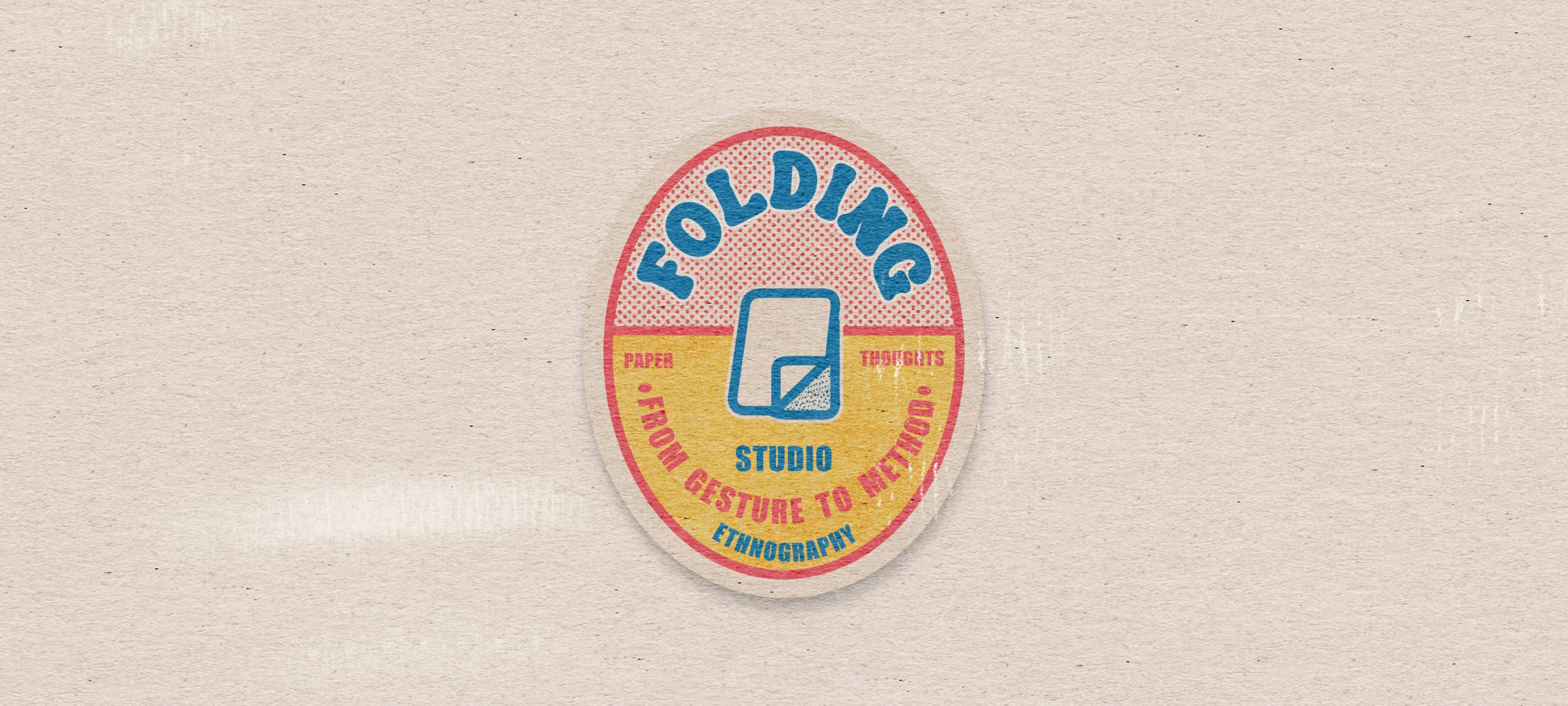
From Gesture to Method
-
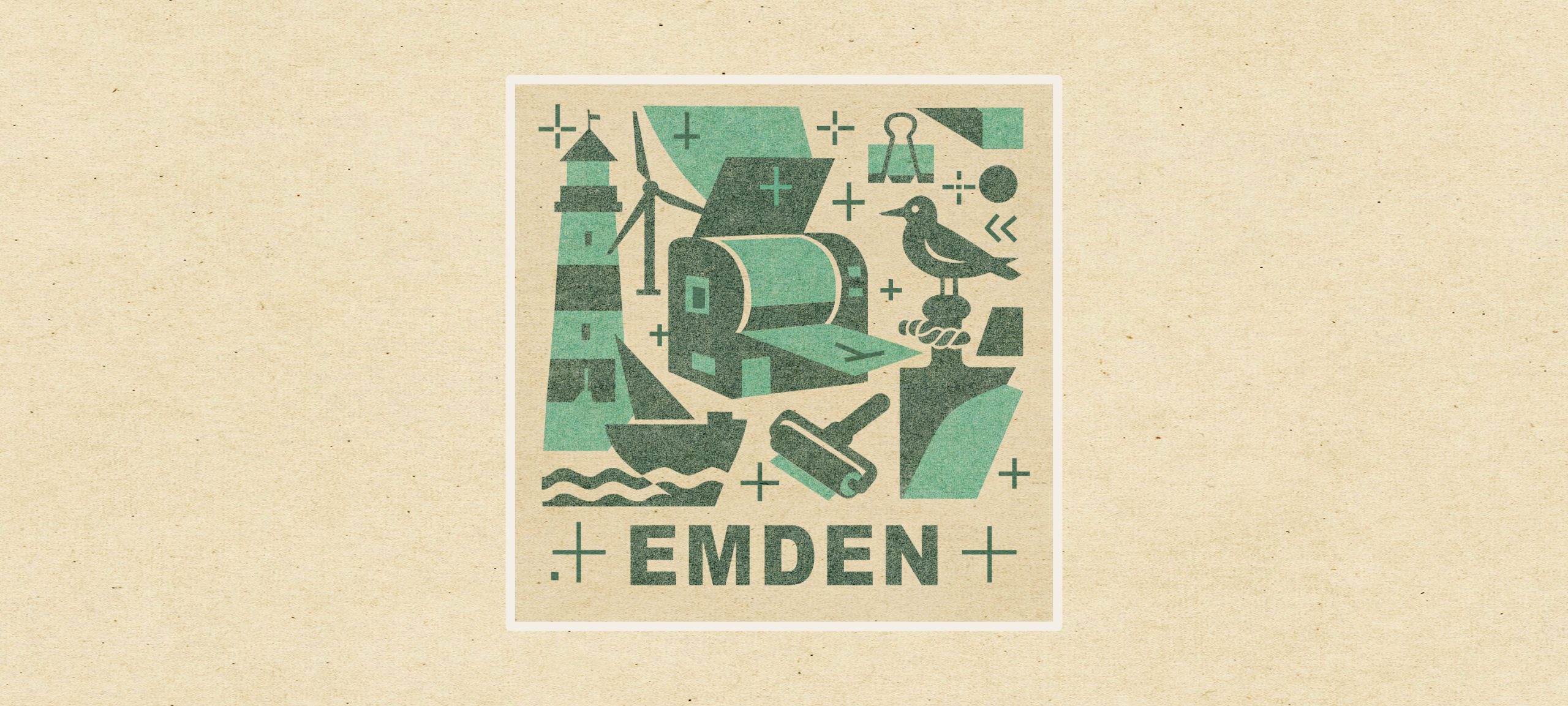
Printing Ethnography Otherwise
-

From the Artefaktenatelier to the Ethnographic Studio
-

The Place Where I Would Like My Studio to Breathe
-
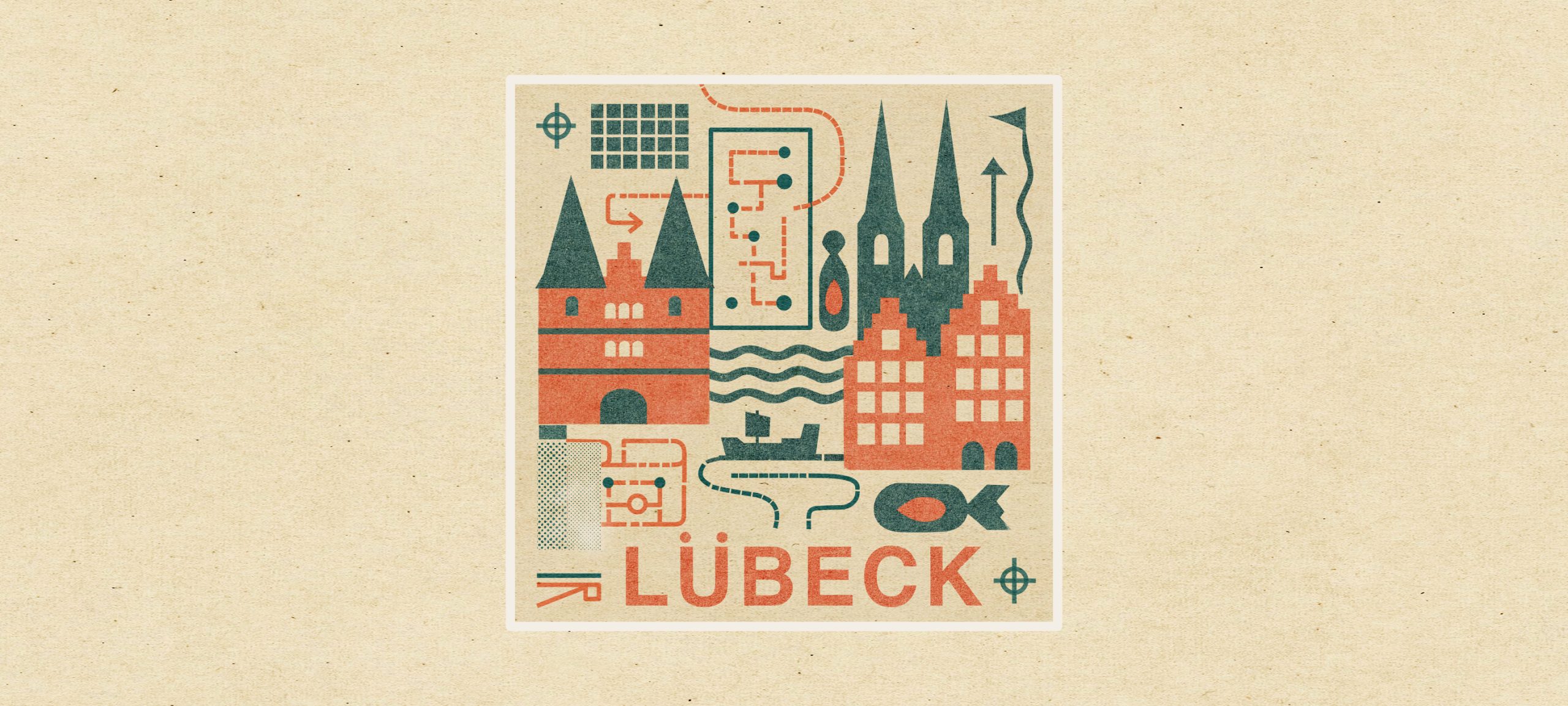
Between Diagrams and Labyrinths
-

Glitches, Rats, and Other Urban Companions
-
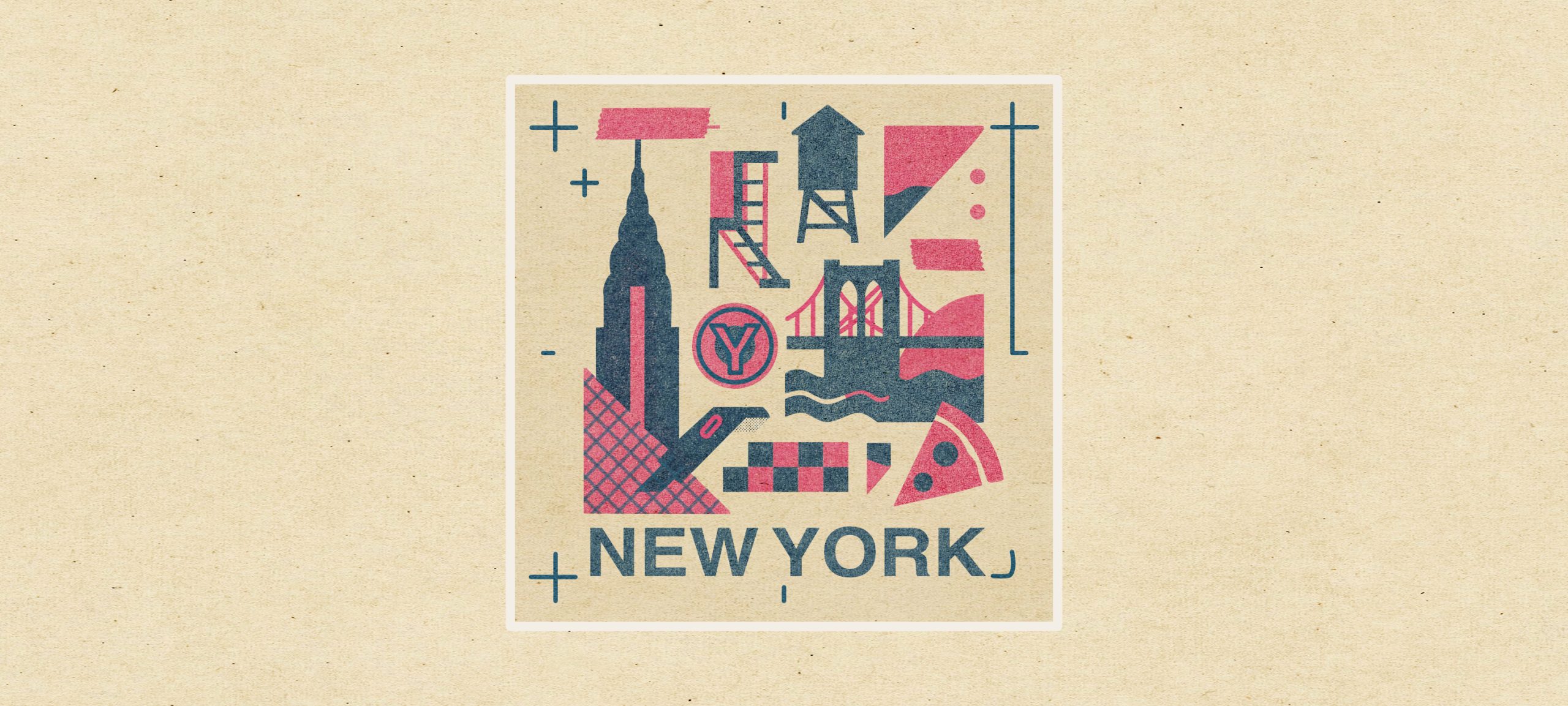
When the City Became a Studio
-

The Artefaktenatelier
